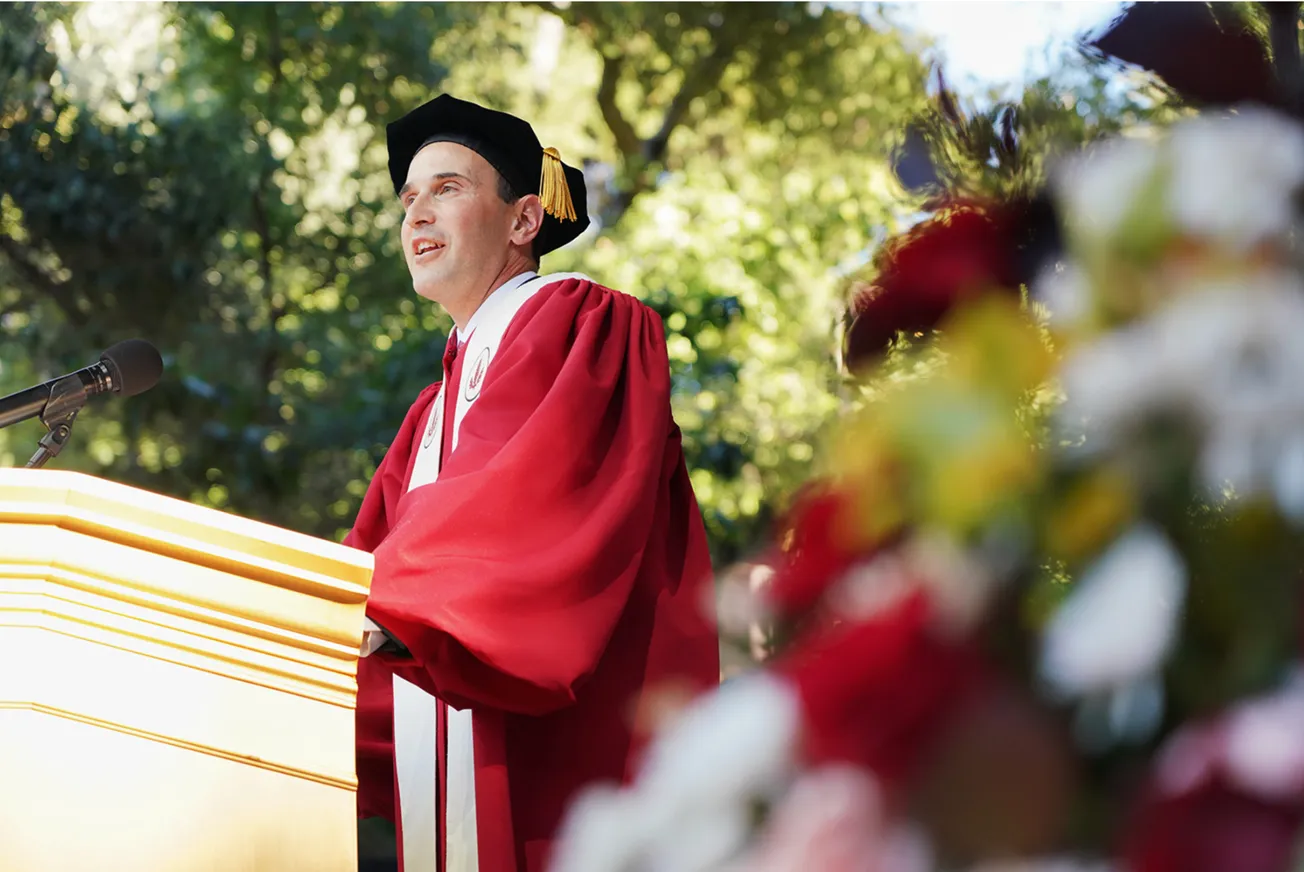Table of Contents
You know the drill.
It's Thursday, 11:30 AM. You chose this time for section because you didn’t think it was too early, but rolling out of bed at 10:45 still feels just as draining as your 8am last quarter. You catch the first twenty minutes of lunch at the dining hall to double as your breakfast, and head over to the basement of whichever Main Quad building has the least amount of mold in it. And there they are: the same three students that actually bother to show up to section. They are sitting in the same places that they always have, already on their phones. Five minutes of complete silence pass.
Finally, the door opens. A grad student with dark circles under his eyes and a stack of papers under his arm shuffles in. Awkward nods ensue. Phones are put away (for now). The stack of papers is passed around and the day’s worksheet is examined. If you are lucky, the problems on the worksheet are actually similar to the content that was taught in lecture that week. If not… well, just hope that this poor grad student who only wants to pass their own classes has taken the time to understand the content thoroughly.
“Anyone have any ideas for number one?” Silence.
“Bueller… Bueller…Bueller?” More silence.
Finally someone at the back puts their hand up. “One third?”
Even more silence.
“Yep. That’s right. Does everyone see why?”
The front row nods slowly and looks back down at the sheet.
“Ok, great. You guys want to take a look at question two?
The phones come out again. The section leader starts twiddling their thumbs.
“Who’s on first” they think to themselves.
Chances are, if you have taken a core STEM class (think MATH 52, CME 100, etc.), you recognize this scene all too well: section feels less like a learning experience and more like a slow open mic night at a dive bar in New Jersey. You really do feel sorry for the teaching assistants who were roped into teaching a class on a topic they haven’t studied in years. Many of these TAs have little to no experience teaching at all, and are met with a wall of silent undergrads who don’t really want to be there either.
So, what happens when you have TAs who don’t really want to teach and students who don’t really want to learn? You get Stanford’s STEM sections, a bizarre pedagogical charade and a lifeless attempt to maintain some semblance of discussion-based education. These sections can be likened to, in the words of William Deresiewicz, a “mutual nonaggression pact” in which neither side makes too many demands of the other, and they can both make it out alive with minimal exerted effort.
The problem seems to be unique to the STEM side of things. In the humanities, for example, sections more frequently revolve around facilitating discussion, asking thoughtful questions, and engaging with the material in a way that is distinct from a direct lecture. In STEM sections, however, discussion has eroded, questions are rarer than dodo birds, and the whole thing ends up feeling like another lecture, albeit lower-energy.
And that is precisely the problem. The low energy—the glumness and the dullness—feels far too reminiscent of the same rote “learning” through which Stanford students suffered in high school, which does nothing to ignite a passion for the subject. On top of this, the strange, silent lethargy that has descended upon these sections reinforces that same atomization among the student body that Ginevra Davis noted in her article on the “War on Fun”. When no one bothers to speak up, ask and answer questions, or engage with the course material, then silence becomes the norm. Isolation becomes the default state and collaboration vanishes.
Our inability to collaborate with peers on any problem leaves a gaping hole in many students' understanding of the material, and reinforces a neurotic, grade-school protectionism when it comes to finding a solution to a problem. Genuine collaboration in the STEM fields is not only necessary for understanding, but also for genuine innovation.
When Bill Hewlett and David Packard met at the engineering quad in the early 1930s, they recognized that “invention was the lifeblood of community,” bonding over their shared love of discovering creative solutions. I wonder how many Hewletts never got the chance to meet their Packard, since the practice of rallying passionately around an interesting aspect of coursework has been snuffed out.
Furthermore, the TAs to whom I have spoken about this problem all noted how much worse things got over the pandemic. One went as far as to say that “before Covid I was talking to a class; now, I’m talking to myself. It’s really quite depressing.” Lockdowns caused students to engage in learning while isolated, even after returning to the classroom. Online lectures, typically watched at 1 AM at 2x speed, are so far from the way education at Stanford should be done, and the students know it. It feels off.
The Greeks believed that education was a communal activity, Socrates famously taught through his dialogues. Hegel required thesis and antithesis to produce synthesis. History’s lesson is that learning cannot occur in isolation. Yet when students attend their STEM sections, isolation is all they receive.
But, the good news is that you, dear reader, also go to section alongside this depressing crowd. And you read the Review, so you know better! So do your part: engage in section, tell a few jokes, ask the TA what they remember when they learned this same material in college. Remember that grad students are people too. See if they have any good stories. Form study groups; send memes in the groupchat. Try to figure out the worksheet problems together. You might even make some new friends.
We at the Review believe you ought to be the change that you want to see in the world. The next STEM section is your chance to break through Stanford’s culture of atomization—in the academic field where strong friendships matter most.








